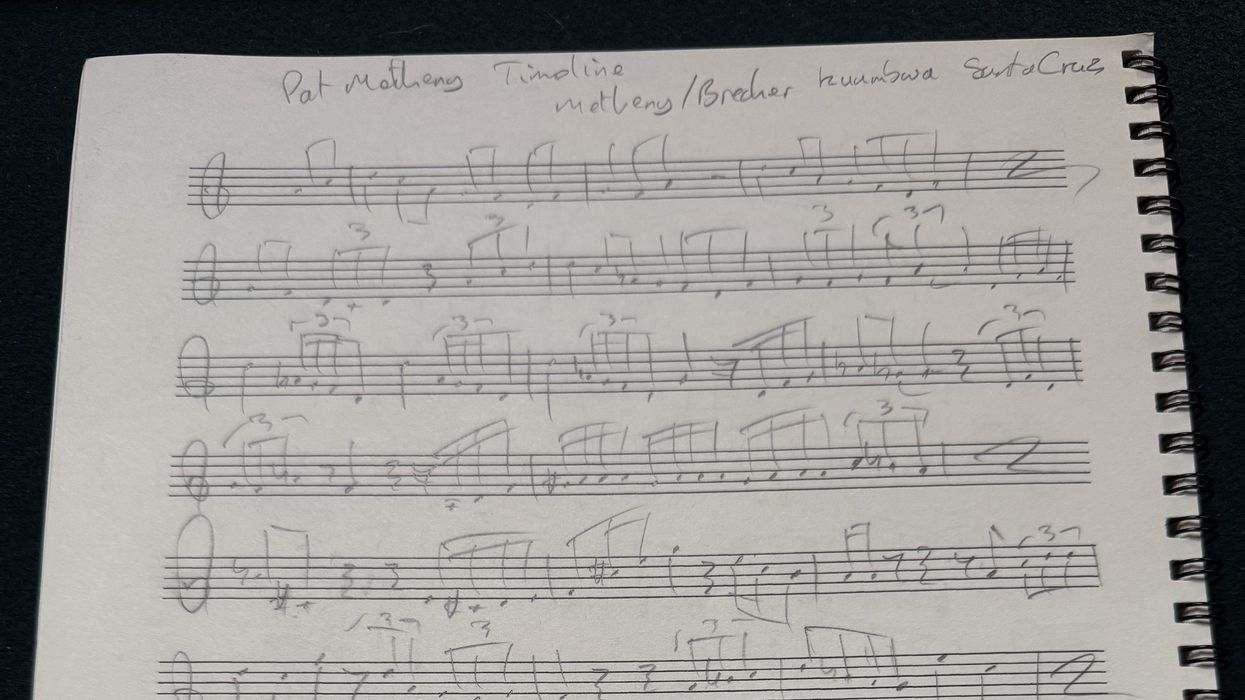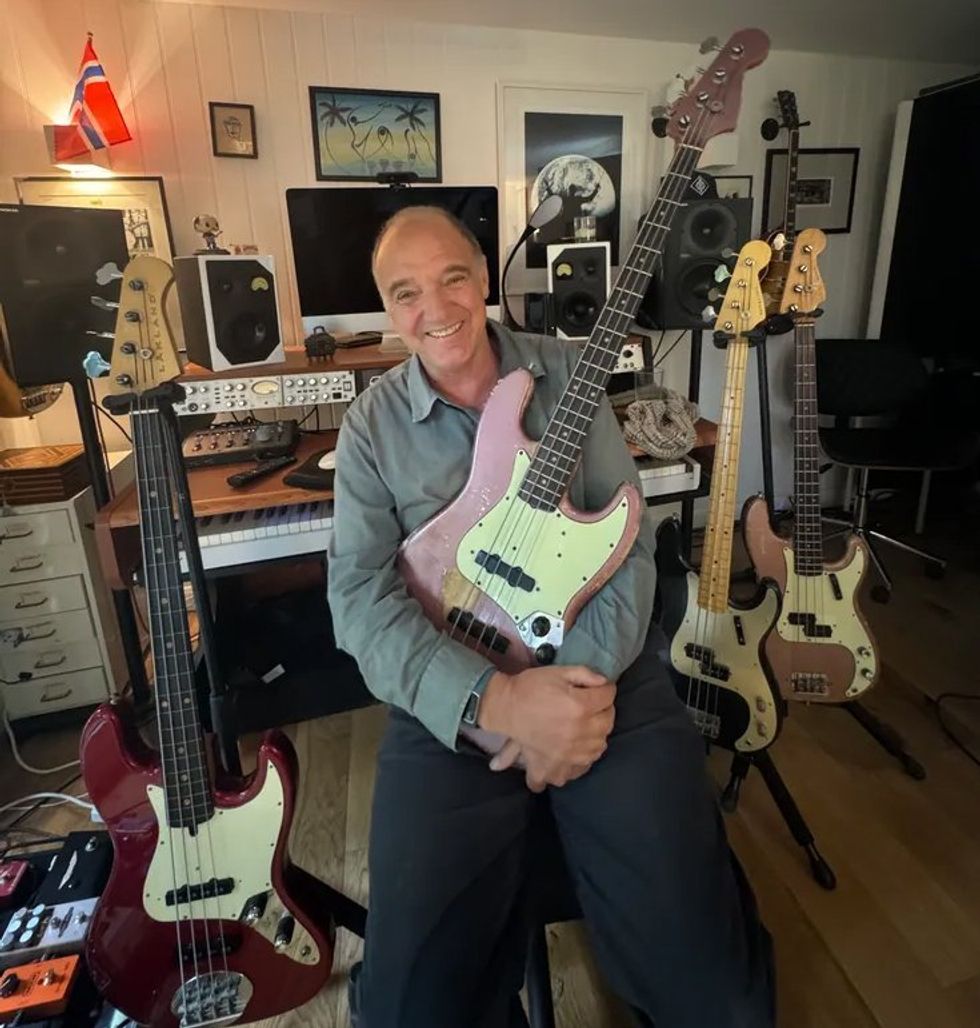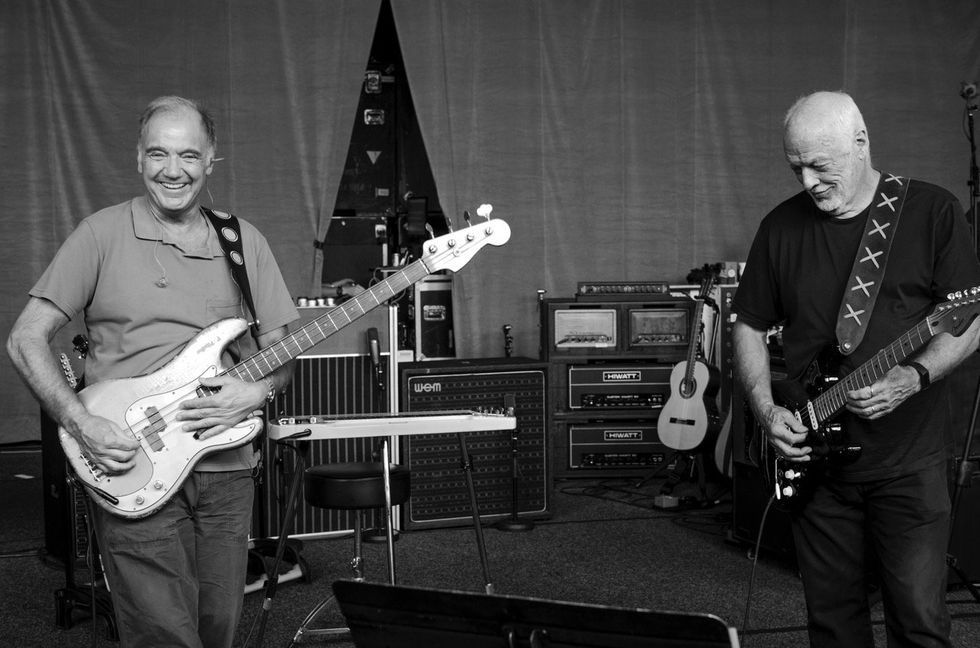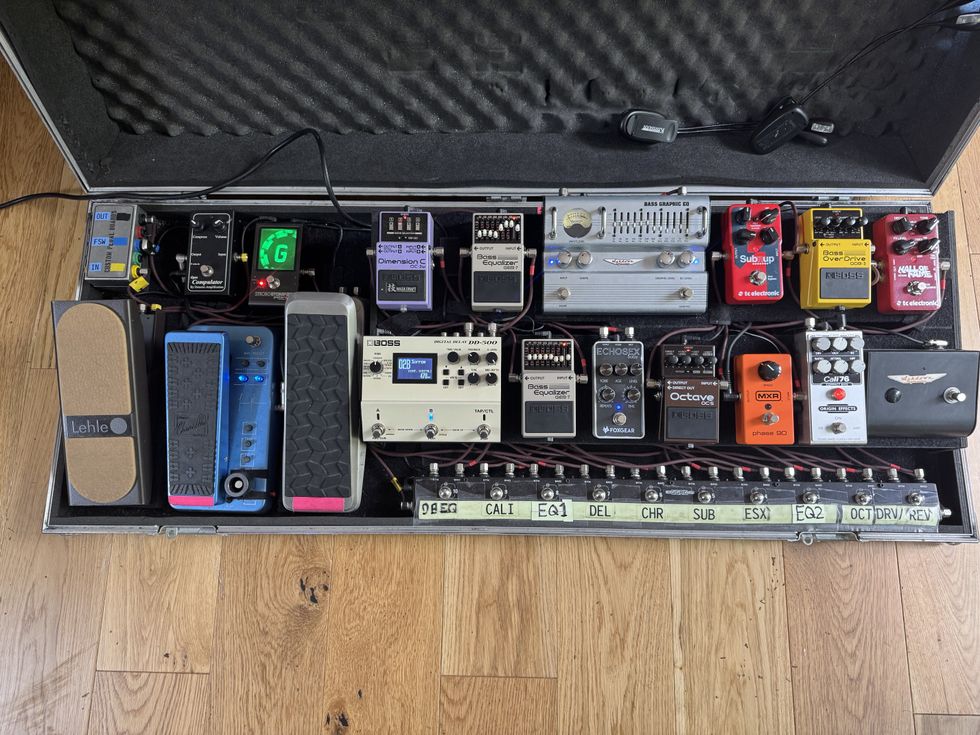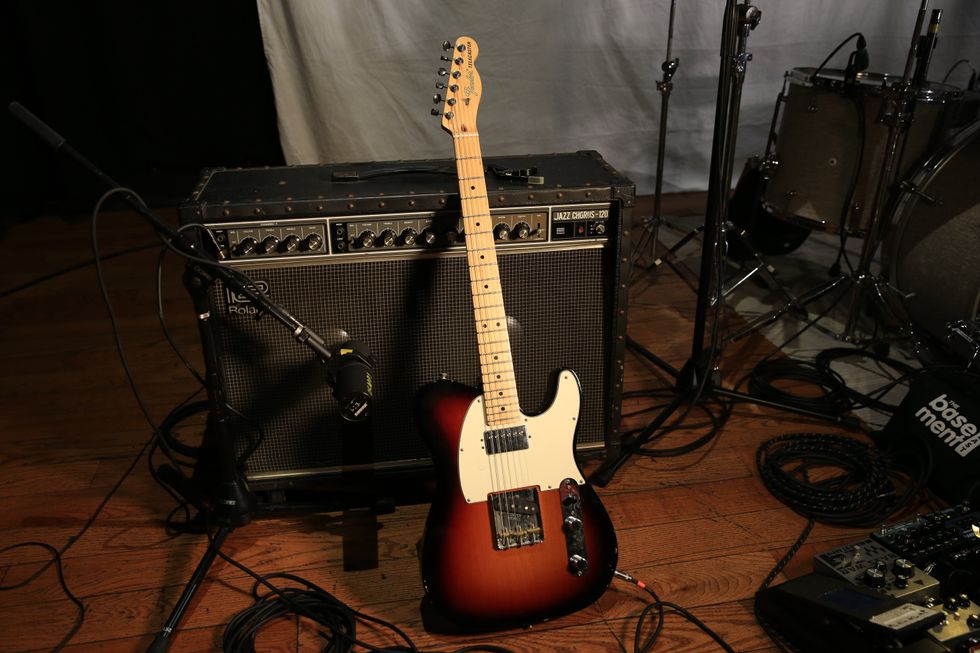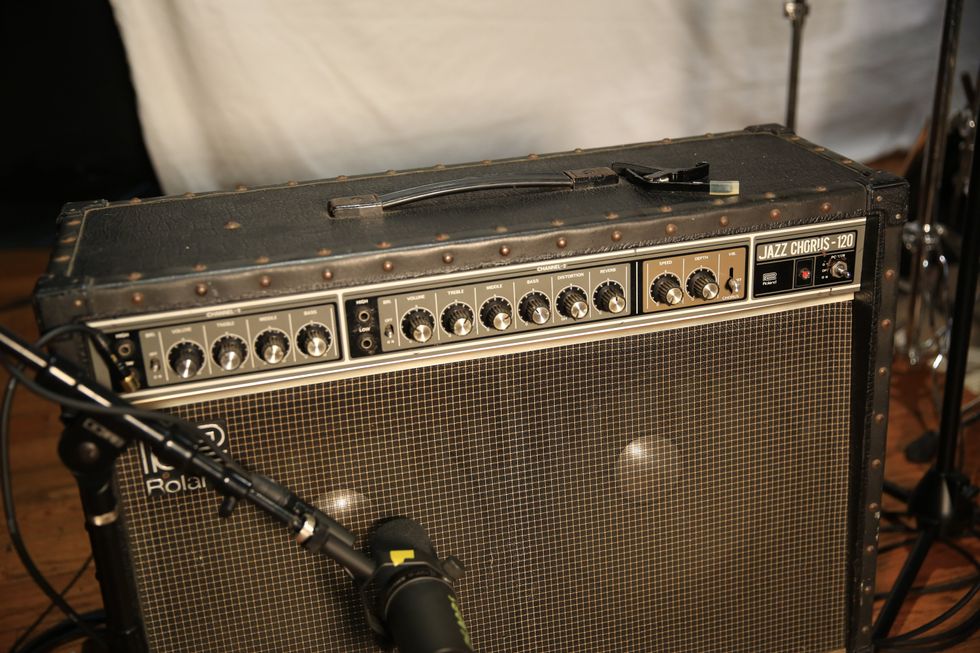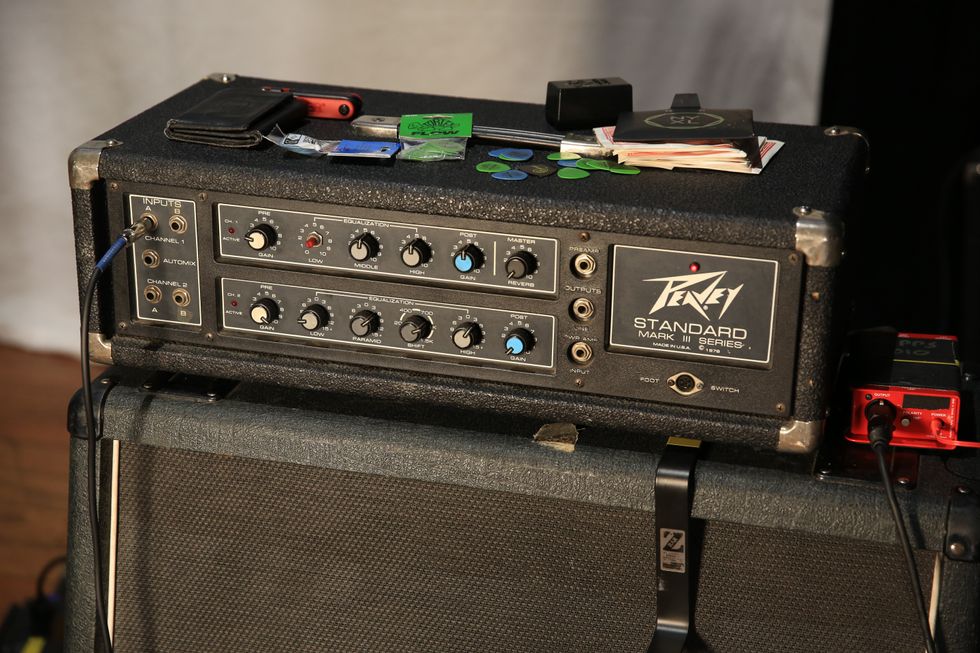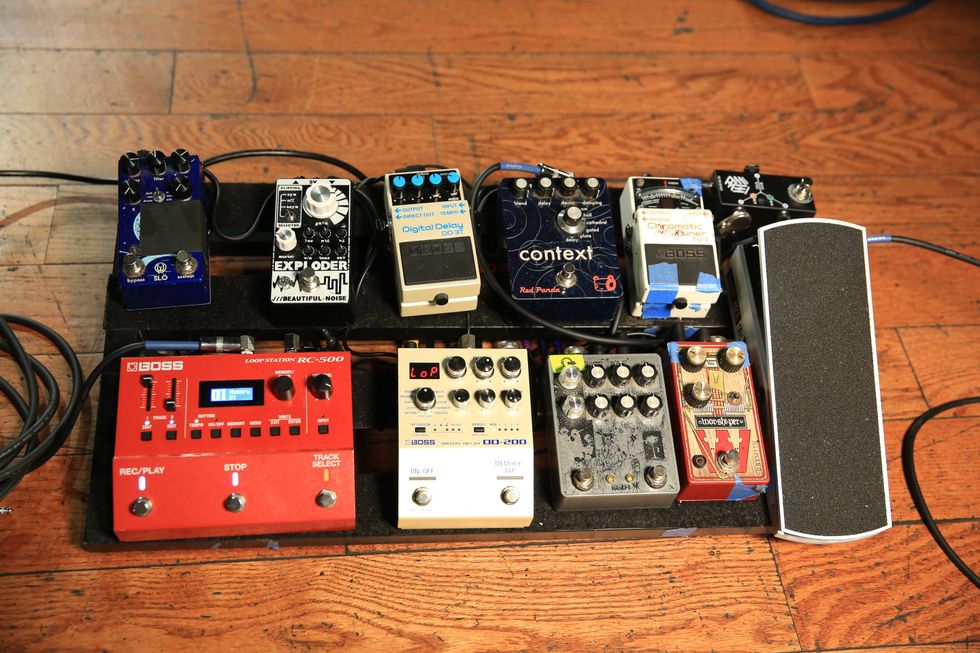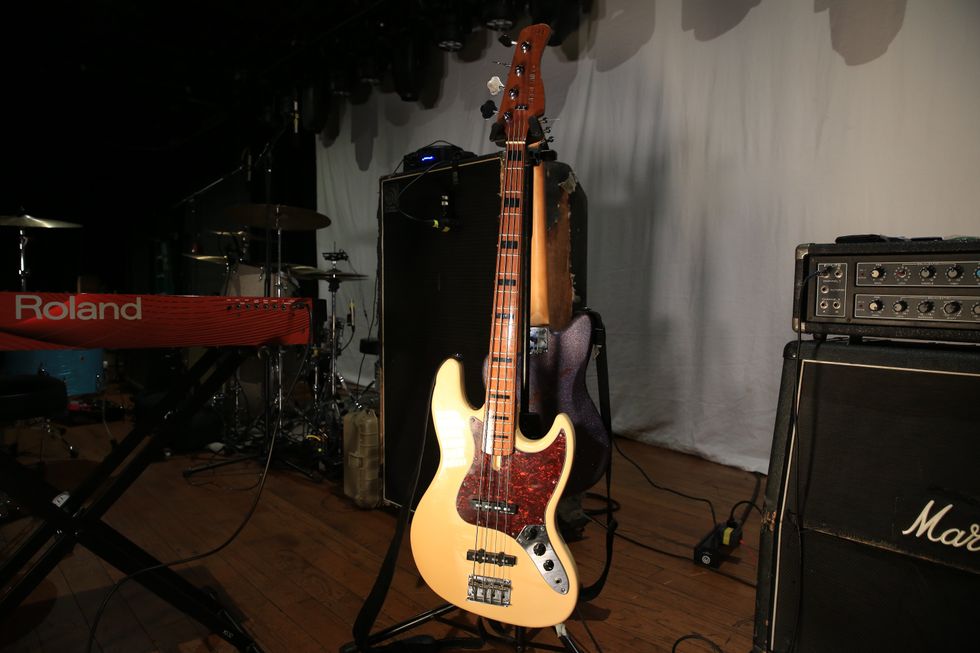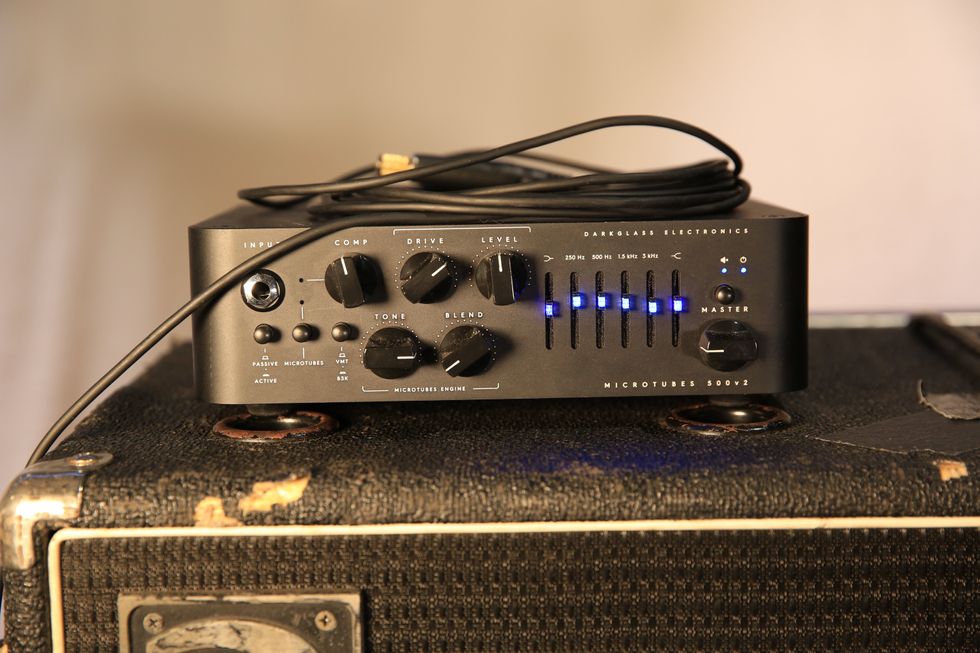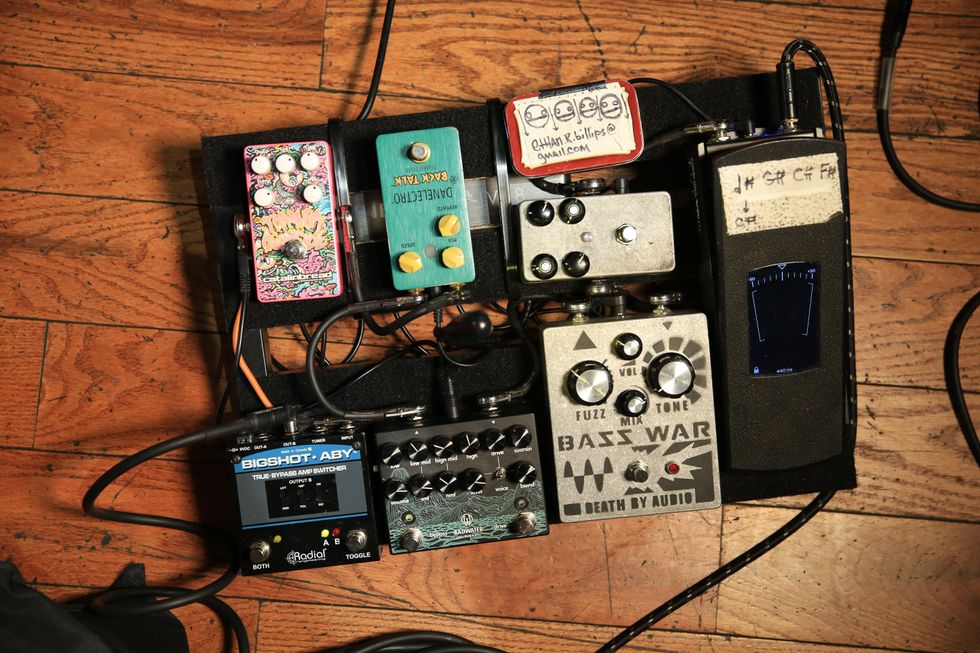The first thing any newbie to bass learns about pickups is that there are humbuckers and there are single-coils. These classic, magnetic high-impedance pickup styles have a long history and are the de facto standard on both basses and guitars. The next thing one usually learns is that humbuckers and single-coils are both available in active and passive versions, and active means the integration of a small electronic preamp.
Both of these high-impedance pickup styles are very similar regarding functionality. They have many windings on a coil, and a string that moves in their magnetic field. The resulting signal has a rather high voltage, but a small current. Humbuckers and single-coils have been offered in a myriad of different designs, tonal flavors with more or less windings, and coil and magnet arrangements.
If you want to know more about why specific pickups sound the way they do, you can start by comparing DC resistances. A high resistance usually indicates a pickup with many windings and, therefore, high output, but DC resistance is not a very reliable indicator for the final tonal outcome. A much better answer lies in frequency response curves, which are a plot of output voltage against frequency and a direct visualization of how a pickup translates a certain frequency into a signal. The typical curve is dominated by the resonant peak at the higher end of the spectrum, marking the point after which a pickup no longer detects almost any of the strings' vibrations.
Much of what I've mentioned is likely common knowledge for many players, and the majority will stick with high-impedance pickups. But even some of the most experienced players are not aware that one could reverse this basic working principle. If high impedance exists, there must be low impedance, right?
Generally, a low-impedance pickup uses just one or only a few windings, with a very low resistance. The resulting signal has a high current and low voltage, but due to its low impedance the resonance peak is at way higher frequencies, or even out of the audible spectrum. With low-impedance pickups, you'll get a far broader frequency spectrum with more upper harmonics.
The basic idea is far from new. A good example is the low-impedance bass and guitar series introduced in 1969 by Gibson, which included the Les Paul Professional and Les Paul Personal, and, a couple years later, the Les Paul Recording model. The development of the series' low-impedance pickups was mainly driven by Paul's interest in a highly clean, rich, and undistorted tone. Because the formula sign for impedance is “Z," they are often referred to as low-Z pickups.
Fig. 1 — An exploded view of an individual NU Capsule shows its low-impedance coil and individual low-noise preamp. They are designed for multi-channel processing.
High-impedance pickups called for amps with high-impedance inputs, and vice versa. So it's interesting to note that because the mixing consoles in the recording studios at the time had low-impedance microphone inputs (approximately 200 ohms), one could plug in directly with the new Les Pauls. Hence the model names “Professional" and “Recording." As with many evolutionary things, however, the majority sets the standards, so the increasingly widely accepted high-impedance inputs on amps became the norm, and these pickups essentially vanished.
It's easy to make low-impedance pickups compatible with high-impedance amps by using a transformer, and scaling up voltage at the cost of the current. Gibson addressed this with the aforementioned series by including a switchable transformer to make the instruments useable with standard amps. Unfortunately, this compatibility comes at the price of a limited frequency spectrum in the upper end.
Low-impedance pickups have always been around in different variations among tech enthusiasts, and fortunately there are still fans of these pickups who continue to experiment, innovate, and combine technologies. One of the more advanced and sophisticated examples is the Nu Series (Photo 1 and Fig. 1) from Cycfi Research, which is a modular single-string pickup system. With 1,300 windings, these pickups aren't ultra-low impedance, but enough to keep a linear frequency response of up to 20 kHz. Each module sports its own active preamp, and is ready to be wired like a classic mono pickup, via 13-pin MIDI, or any other single-string combination scenario. On top of this, the Nu project is entirely open source, freely shared, and “hacker-friendly," according to Cycfi. This means all of their schematics and drawings are available for those with an interest in experimenting and exploring enhanced tonal territories.




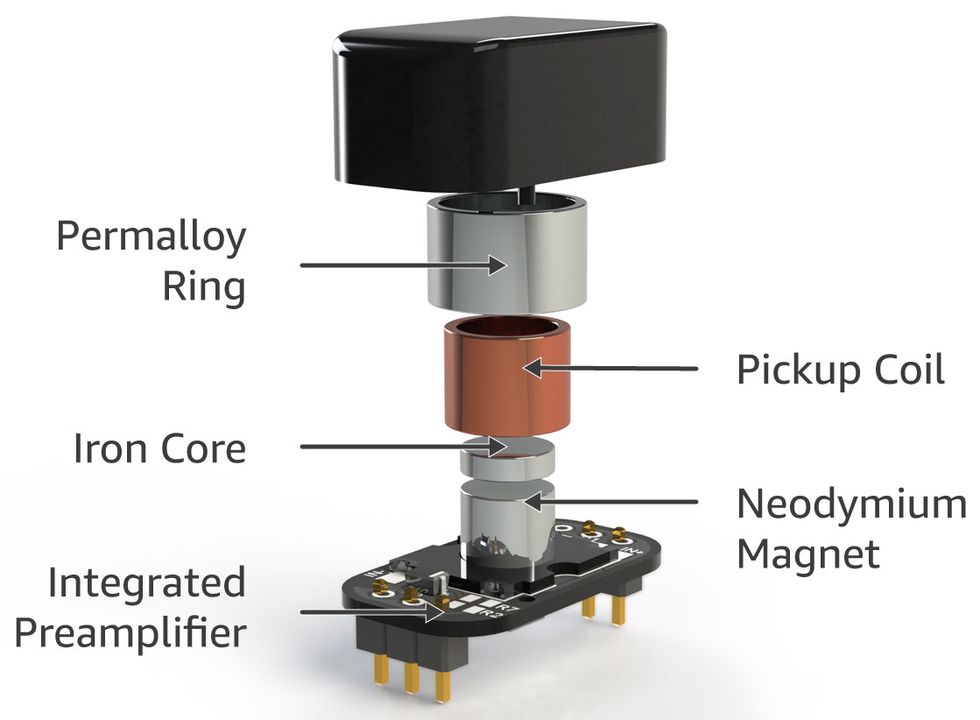

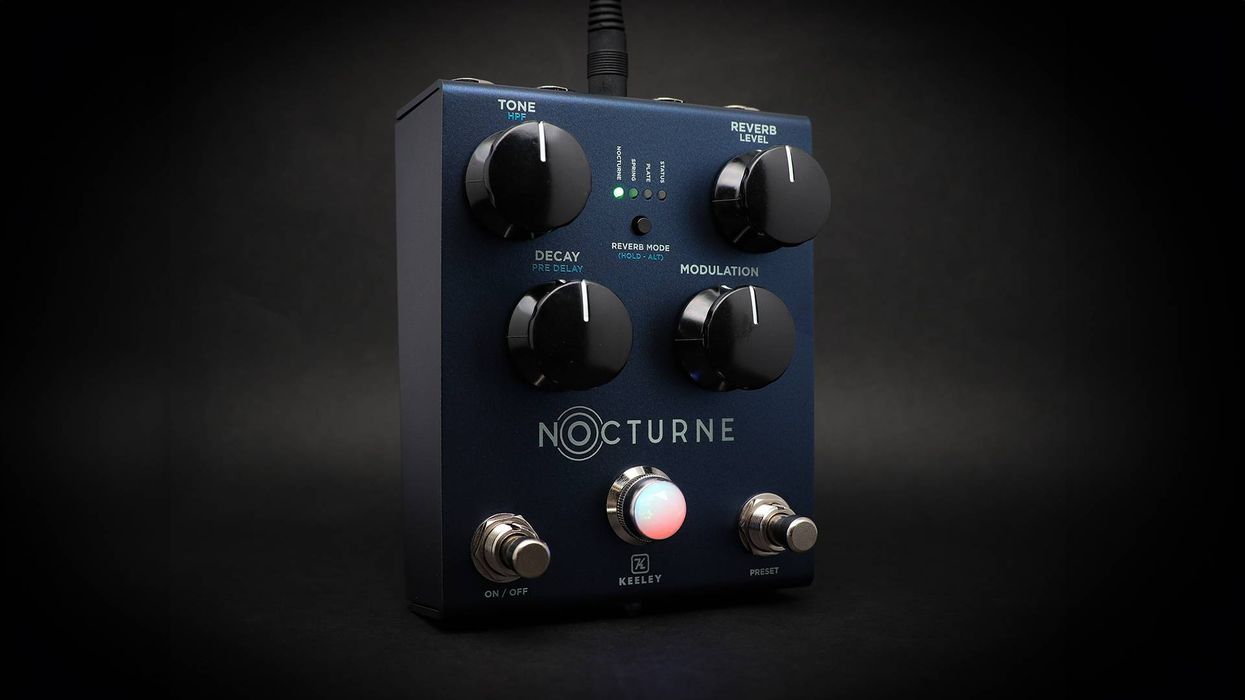
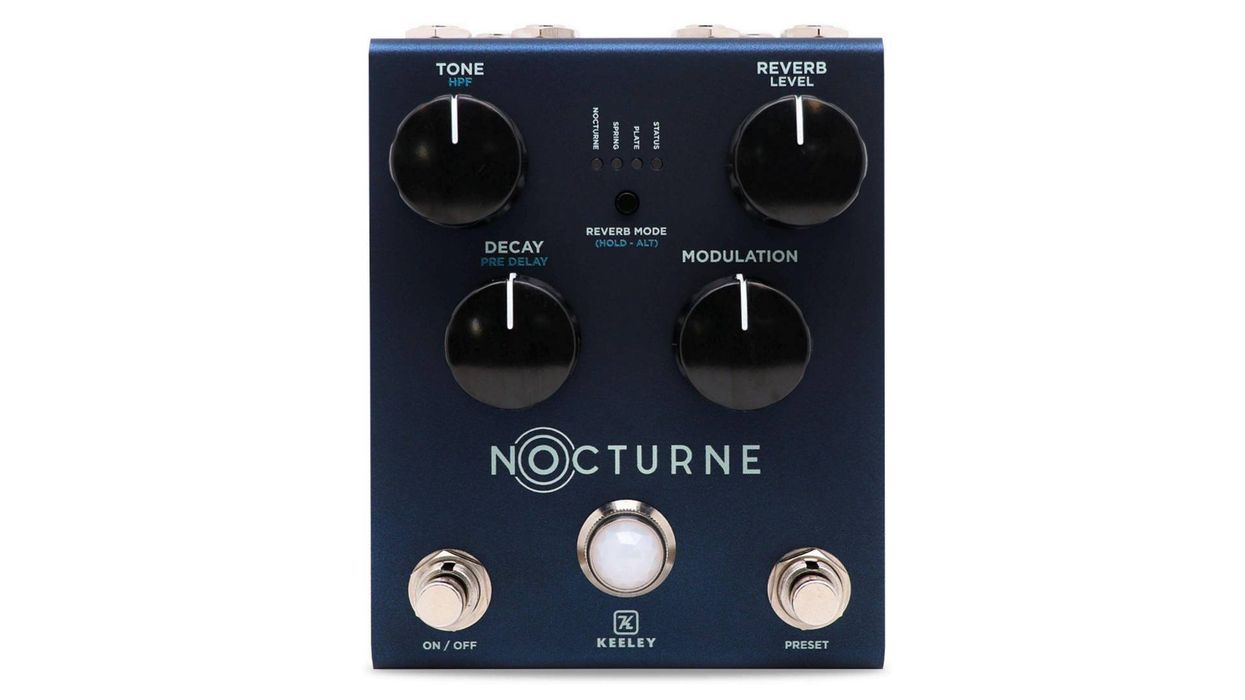

![Rig Rundown: AFI [2025]](https://www.premierguitar.com/media-library/youtube.jpg?id=62064741&width=1245&height=700&quality=70&coordinates=0%2C0%2C0%2C0)












 Shop Scott's Rig
Shop Scott's Rig





